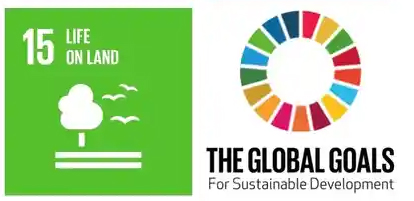Contents
- What are the seven summits?
- What are the seven summits for each continent?
- What are the difficult summits to climb for the Seven Summits?
- 1. Mount Everest, Nepal
- 2. Denali, Alaska
- 3. Aconcagua, Argentina
- 4. Vinson Massif, Antarctica
- 5. Puncak Jaya, Indonesia
- 6. Mt. Elbrus, Russia
- 7. Kilimanjaro, Tanzania
- How to prepare for the Seven Summits?
- Be in shape and work on your attitude
- Choose a reliable climbing operator. Hire the guide
- Set enough amount of money for the Seven Summits
- Best advice for Seven Summits success
- What is the difference between the Seven Summits and the Seven Highest Mountains?
- 9 great facts about Seven Summits of the world
- Conclusion
What are the seven summits?
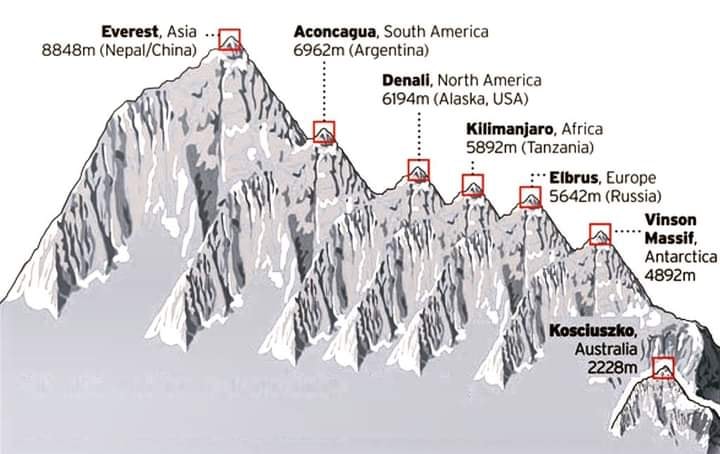
The term Seven Summits is a very famous phrase among mountaineers all over the world.
The seven summits are made up of the seven tallest mountain peaks from each continent.
Mount Everest stands as the highest peak at 8,848 m above sea.
If you love nature and wish to explore these summits of the world.
Stay with us in this guide as we discuss in detail the best facts about these amazing peaks for each continent.
These summits differ from one another in terms of skills required, cost, and the number of days to reach the summit.
Despite the wide distribution across the world, mountaineers from different parts of the world have successfully,
Climbed these mountain peaks, whether it is Mount Kilimanjaro in Tanzania or Mount Elbrus in Europe.
Climbing to these mountain summits requires trained guides and special climbing equipment for safe climbs to the top.
What are the seven summits for each continent?
| No. | Summit Name | Elevation | Continent | Country |
| 1 | Mount Kilimanjaro | 5,895 m/ 19,341ft | Africa | Tanzania |
| 2 | Everest | 8,848 m/ 29,020ft | Asia | Nepal / China |
| 3 | Denali | 6,194m / 20,310ft | North America | Alaska |
| 4 | Aconcagua | 6,961m/ 22,837ft | South America | Argentina |
| 5 | Vision Massif | 4,892m/ 16,050ft | Antarctica | Antarctica |
| 6 | Puncak Jaya | 4,884m/16,024ft | Asia | Indonesia |
| 7 | Elbrus | 5,642m/18,510ft | Europe | Russia |
What are the difficult summits to climb for the Seven Summits?
The seven summits vary from each other; below is the list of the difficult summits to climb according to the experience shared by mountaineers.
1. Mount Everest, Nepal
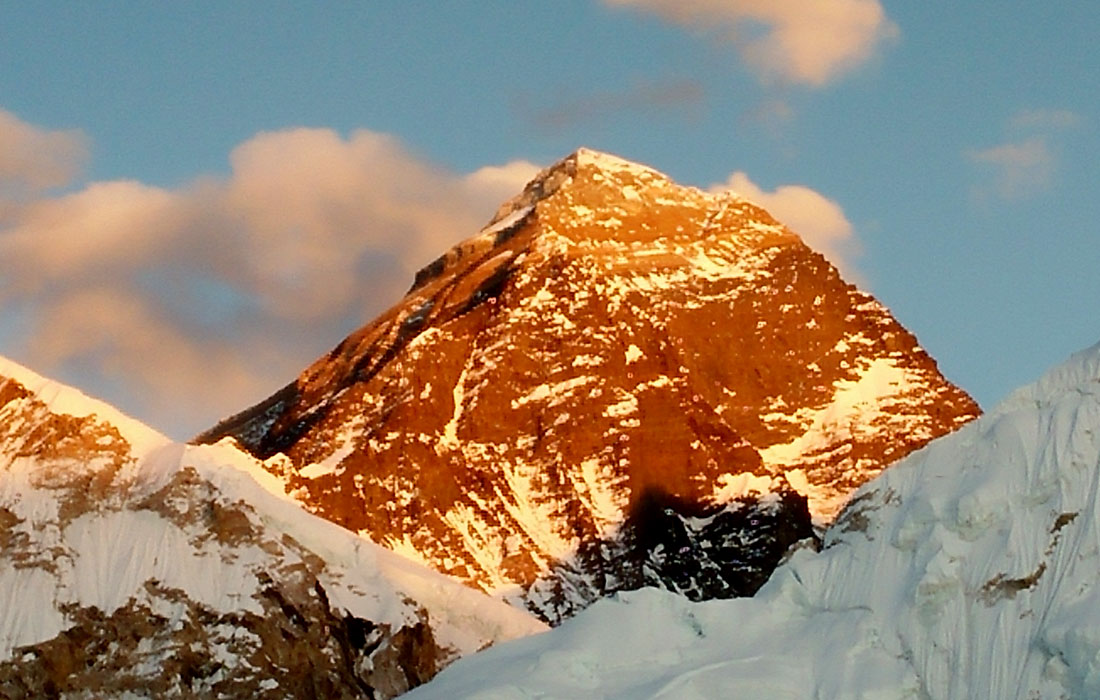
As we stated earlier, Mount Everest peak is shared between Nepal and China ( 8,848m/29,029 ft ) and is also known as the golden peak.
Mount Everest is found in Asia. Mount Everest offers expeditions for not least two months, beginning in March.
Everest expeditions are led by experienced guides ( sherpa ).
Climbing this summit requires enough time, resources, and the best climbing equipment.
There are some incidents of death rates like other summits around the world.
Low oxygen at a higher altitude is one of the major challenges during Everest climbing.
The unstable weather and icefall challenge a lot of climbers on Everest.
Climbing Everest requires documentation and clearance before the excursion takes off.
2. Denali, Alaska
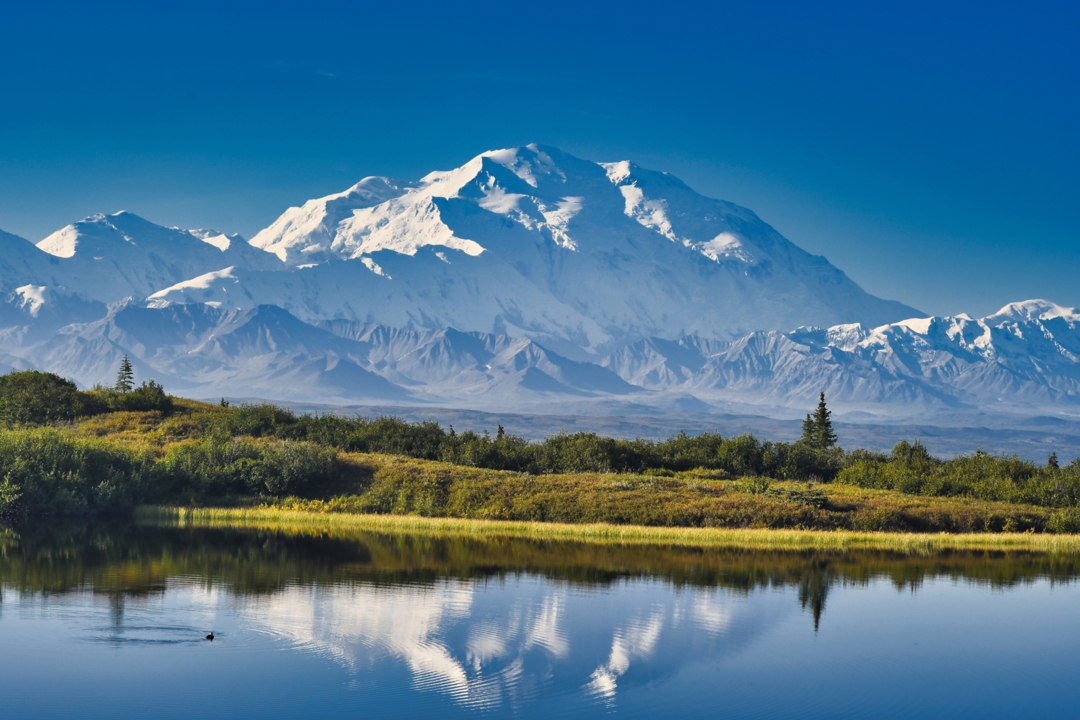
Found in North America in Alaska, Denali is another summit rated for difficult climbing.
It stands at 20,322 feet above the sea. This mountain needs people who are physically fit.
The best time for climbing Denali is very limited, from May to July.
The duration for climbing this summit can take about a three-week round trip.
Climbing to this summit can be taken easily; it requires pulling a sled overloaded with necessary gear for the climber’s survival.
Climbing the Denali summit requires navigation gadgets, including GPS, Maps, and a Compass, this is because there are no marked trails to the summit.
The weather can be extreme, the snow, gale-force winds, and baking sun.
Proper layering is the key to matching the extreme weather during your climb.
You should have proper clothing to keep you warm and dry.
Don’t forget to have the best guide who knows the best way to navigate to the Denali summit at 6,194 m above sea.
3. Aconcagua, Argentina
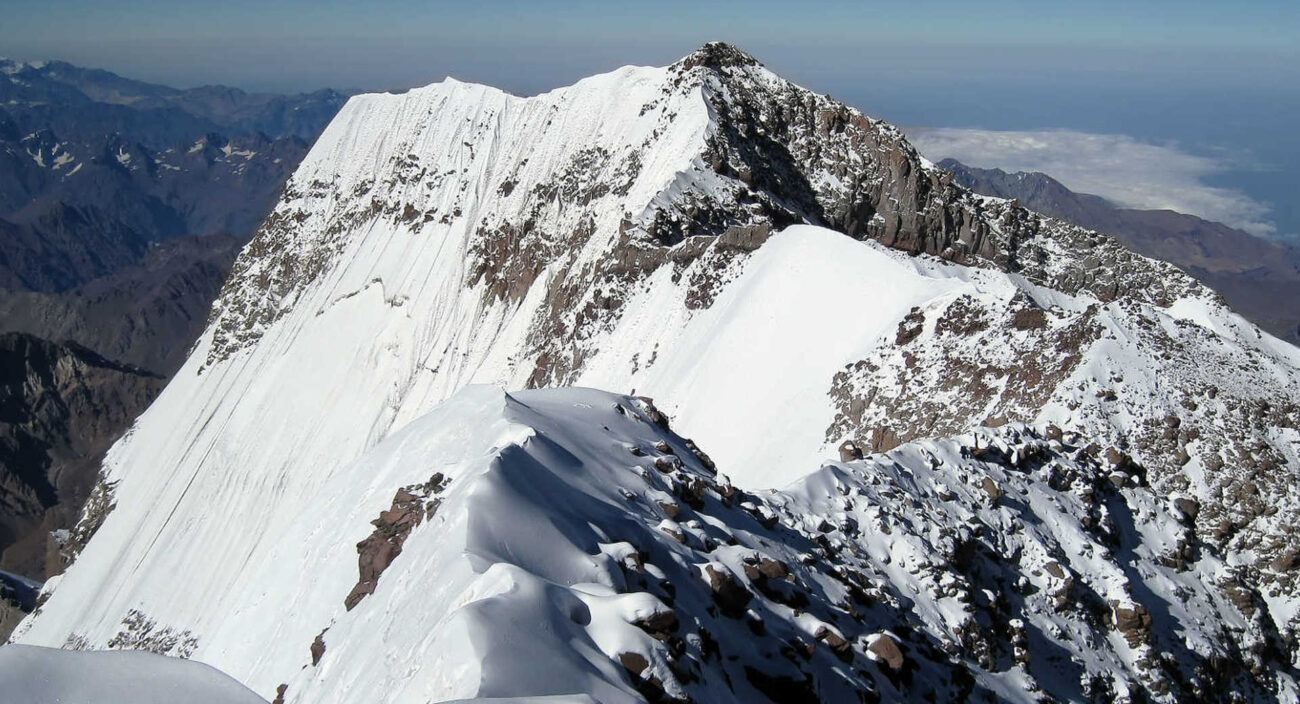
At 6,961 meters above sea level. No doubt Aconcagua is the giant of South American mountains.
This mountain is the second-highest mountain after Everest.
With 22,838 feet, this elevation has driven nature lovers to challenge this summit despite extreme weather.
The best time for trekking Aconcagua is from December to March.
If you plan to climb this mountain, you should be physically fit.
The trek for Aconcagua can take several days, depending on the skill level of climbers and weather conditions.
The extremely bad weather frequently causes people to turn back.
Though reaching the summit of this mountain will reward you with a breathtaking view of the Andes mountains and the most beautiful summit ever, at the top of Aconcagua 6,961m.
4. Vinson Massif, Antarctica
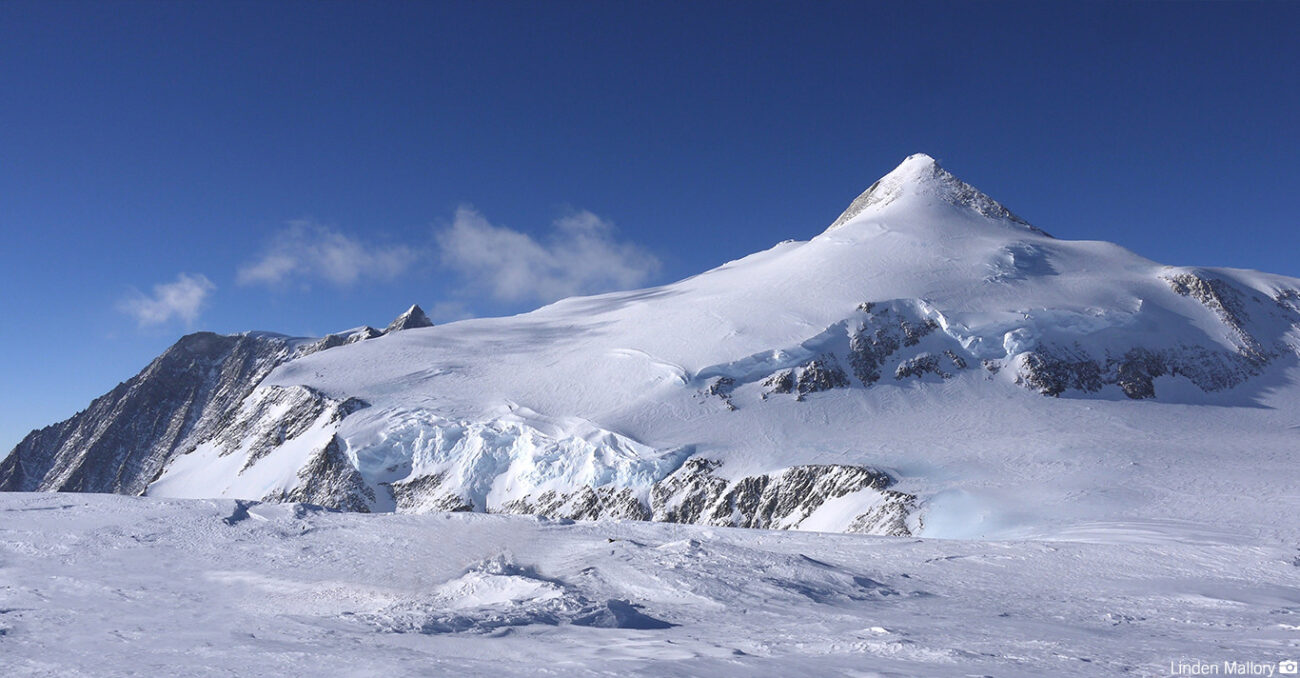
The Vinson Massif is also one of the best-rated difficult summits to climb.
This is one of the coldest places to visit on Earth, where temperatures can drop below -40°ᶜ.
Extra layers and the best climbing gear are the keys to success trek to Vinson Massif.
Standing at 16,050ft/ 4,892m above the sea. This mountain’s best time to visit is during the summer season.
The only way you can climb Vinson Massif is by using guide services.
You should also make sure you have everything required and approved before taking your trip.
Vinson Massif has two campsites above the base campsite, the low and high camps. You need enough time for preparation and climbing, at least 14 to 22 days.
5. Puncak Jaya, Indonesia
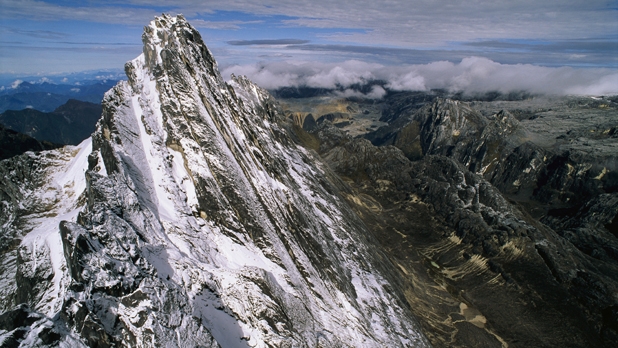
Thinking of which summit offers technical climbing? Then, Puncak Jaya is one of those summits.
Depending on the weather and your skill level, reaching the summit of this mountain requires 14- 20 days.
Puncak Jaya requires actual rock climbing skills, so you should train on how to use a rope for climbing.
There is an option for those who don’t like to hike from the jungle to the next base camp. There is a helicopter service to fly you to the next base camp.
Like other mountains, trekking Puncak Jaya requires that you have all paperwork in order before starting your climb.
Climbing guides are not optional either, since they know the safest way to go and how to handle terrain and weather.
Enjoy the breathtaking view of the Carstensz Pyramid from the top of the Pancak Jaya mountain, 4,884m above sea.
6. Mt. Elbrus, Russia
If you need to see Europe from the top, then Mt. Elbrus will be your best site to climb.
Ranking in the fifth position behind Mount Kilimanjaro in Africa.
Mt. Elbrus is 5,642m / 18,510ft. The best time for climbing this mountain is from May to September.
Climbing days for Mt.Elbrus can take from 10 to 13 days. You should set aside enough time from your normal routine for this expedition.
Climbing this summit is suitable for those who need to gain skills in the alpine.
The weather could not be friendly, so make sure all of your climbing gear is well packed and recommended.
7. Kilimanjaro, Tanzania
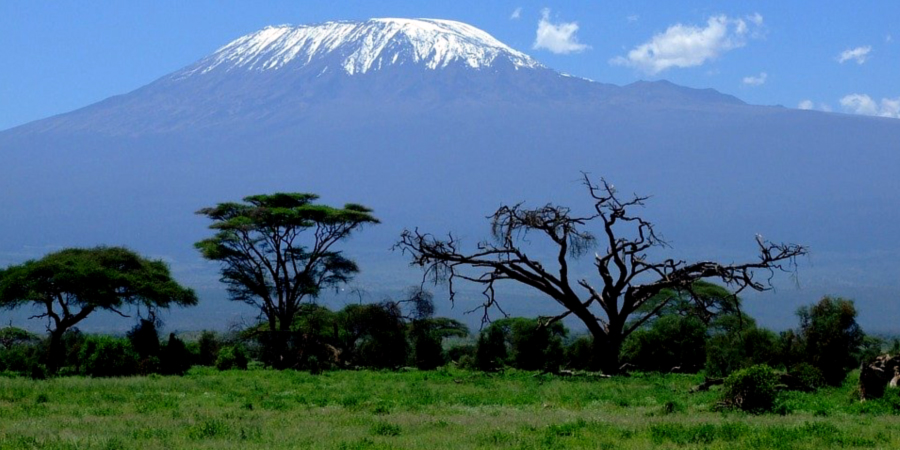
Mount Kilimanjaro is the only free-standing mountain on Earth.
Mount Kilimanjaro is the highest summit in Africa,5,895m above sea.
You can reach the summit of Kilimanjaro in five to nine days.
Except for March, April to mid-May because of heavy rainfall is not recommended to climb.
Mount Kilimanjaro is found in northern Tanzania in East Africa.
Mount Kilimanjaro offers seven routes for reaching its summit.
Each route offers a different experience to hikers depending on the weather and climbing duration, and your skill level for mountain climbing.
Every route to Kilimanjaro requires you to be physically fit.
Taking a short training course for climbing is an ideal plan before visiting Mount Kilimanjaro for your trip.
Altitude sickness is the major challenge for climbers to this summit.
It’s better to acclimatize before climbing Kilimanjaro
Read more about altitude sickness in Kilimanjaro
How to prepare for the Seven Summits?
Preparation is the key to the successful climb of these summits.
Whether you’re climbing Denali or Kilimanjaro, you should have enough preparation before starting the expedition.
Having the right gear and the best clothing helps you to survive the extreme weather on these mountains.
With years of experience in leading climbing expeditions.
We have gathered a lot of information to help during your preparation for the Seven Summit challenges.
Generally speaking, the higher the elevation, the more insulated you need to be.
Depending on which peak you are planning to climb, you should have the following items on your list.
| NO. | Basic Packing Items | Hardware and Accessories |
| 1 | 1-2 pairs of thermal long-underwear tops and bottoms | Sleeping bag rated for extreme conditions |
| 2 | 1 pair of 7,000-meter double-boots | Soft-shell climbing pants |
| 3 | 1 pair of 8,000-meter double-boots | Sunglasses |
| 4 | Big down jacket (800 fill) | Lightweight Gortex™ shell pants |
| 5 | Crampon ice cleats | Nylon trekking pants |
| 6 | Ice Axe | Sunglasses |
| 7 | Midweight climbing gloves | Satellite phone/weather radio |
| 8 | Heavy-duty mittens | Non-locking carabiners |
| 9 | 1 pair of sturdy trekking boots | Hiking backpack |
| 10 | Lightweight liner gloves | Insulated pants |
| 11 | Figure-eight carabiner | Jacket with a hood |
| 12 | 3 pairs of boots | Sleeping pad/air mattress |
| 13 | Hand protection | Helmet |
| 14 | Down jumpsuit | Locking carabiners |
| 15 | Goggles | Trekking poles |
Be in shape and work on your attitude
Climbing these summits is not for everyone.
There is a big difference between weekend hiking and climbing these peaks.
You should invest time and money and train your mind to overcome the climbing challenge when the weather gets tough.
Extreme weather and altitude sickness can lower your chance of getting to the summit.
But pre-climbing preparation helps your body to overcome these challenges.
Eat well, practice hiking, and train for your climbing challenge, build your skills, and get ready for the unknown.
You should focus on the following for Seven Summits preparations
- Proper Diet. Eating healthy and heartily is important for your body to perform at its best it can.
Hiking and climbing will burn an extreme amount of carbs and calories, so be sure that you are prepared with foods that provide energy and strength. - Core training. Work those muscles. Get a good aerobic and weight routine in place and stick to it. It will pay off when you get to the top.
- Cardio training. Keep that heart pumping strong. This is another important key to not passing out when you reach higher elevations.
- Altitude training. Get your lungs used to less oxygen. Train at a higher elevation whenever possible to increase your stamina.
Choose a reliable climbing operator. Hire the guide
Depending on the destinations you want to visit, some countries require you to hire a guide for climbing, and others require you to book your climbing with a tour operator or agency.
Many people might think they will hike these summits without the use of guides or agencies.
For some summits like Mount Kilimanjaro, the park authority requires you to climb with certified guides for Mount Kilimanjaro.
There is no way you can climb for yourself on the Kilimanjaro routes.
Using professional guides helps a lot when it comes to the success rate of many climbers for the Seven Summits.
They know the trail well and they have a lot of experience on how to navigate the mountains and know how to deal with Altitude sickness.
Set enough amount of money for the Seven Summits
Climbing the seven summits is not cheap; you should not fool yourself or be fooled by anyone else.
Climbing costs for these mountains can go crazy in terms of climbing costs for solo or even group climbers.
You need to prepare financially and even have extra cash to support your expeditions.
The overall cost for the seven summits can be derived from mountain gear, training, and trip organization by either agencies or climbing guides.
You should also consider the supporting team for your expedition, who need to be paid by you, either for tipping
Make sure all your documents are updated, including visas, passports, and national IDs.
Every country you visit for Seven Summits climbing has its own regulations.
The climbing fees vary from one country to the other, and all these add up to your final expense for the trip.
The seven summit climbing costs vary from one mountain to the other; below is the average price for seven summit climbing.
- Mount Kilimanjaro climbing costs range from $2,000 to $ 5,500
- Mount Everest costs around $35,000- $ 42,000
- Mount Denali costs around $6,500 – $ 8,500
- Puncak Jaya climbing costs range from $12,000 to $15,000
- Mt. Elbrus climbing costs range from $800 to $1,200
- Aconcagua climbing costs range from $3,000 to $4,500
- Vision Massif climbing costs range from $2,900 to $3,800
Best advice for Seven Summits success
- Stay dehydrated/non-perishable food, and water.
- Go slowly to avoid altitude sickness. No hurry on climbing
- If you take medication regularly, be sure to bring a few doses with you in case you cannot get back to your base in time.
- Share your trip with close friends and relatives who will provide the first contact in case of an emergency.
Share your trip plan or even leave the map - Pay attention to the weather and listen to your mountain guide.
- Remember to carry this device while on your trek. The Satellite phone, walkie-talkies, compass, and GPS devices
- Wear proper gear for your trekking
- Bring Chapstick and sunscreen
- Prepare for an emergency plan and have an emergency contact in place
- Keep flashlights/fresh batteries and a first aid kit on hand
What is the difference between the Seven Summits and the Seven Highest Mountains?
Seven Summits represent the highest mountain on each continent. The seven highest mountains in the world are all located in the Himalayan mountain range. The table below displays all the highest mountains in the Himalayan mountain range.
| No | Rank Name | Elevation | Country |
| 1 | Mount Everest | 29,029 ft. | Nepal / China |
| 2 | K2 | 28,250 ft. | Pakistan |
| 3 | Kangchenjunga | 28,169 ft. | Nepal and India |
| 4 | Lhotse | 27,940 ft. | Nepal and Tibet |
| 5 | Makalu | 27,766 ft. | Nepal and Tibet |
| 6 | Cho Oyu | 26,906 ft. | Nepal and Tibet |
| 7 | Dhaulagiri | 26,795 ft. | Nepal |
9 great facts about Seven Summits of the world
- The first person to climb all seven summits was Richard Bass in 1985
- Mount Kilimanjaro is only highest free-standing mountain of all the seven summits
- The youngest person to date to climb all seven summits was a 13-year-old boy.
- Less than 300 people have successfully climbed the seven summits
- The Vinson Massif mountain was named after Congressman from Georgia named Carl Vinson ( 1935 to 1961)
- Seven summits have been conquered, also with 76 years 76-year-old
- Denali is the farthest north of the seven summits at 63° north latitude.
- An ancient Buddhist performs the Puja ceremony for Mountain Everest climbers
- Everyone has a different opinion about the seven summits
Conclusion
Nothing beats the experience of standing at the highest summits in the world.
The breathtaking view from the top of the world is no way to describe it.
As we conclude about the seven summits, make sure that you have enough preparation in terms of physical fitness, time, and enough budget to cover your expedition around the world.
Are you ready for the Mount Kilimanjaro climbing challenge? If yes, book one of these packages
8 Days Lemosho route climbing package 2025 /26
7 Days Machame climbing package 2025/ 26
6 Days Marangu climbing package 2025/26
7 Days Lemosho route climbing package 2025/26
6 Days Machame route climbing package 2025/ 6
You can read more about Mount Kilimanjaro
We are your perfect guide wherever your heart leads you—Tanzania, and beyond. You can proceed with booking your Kilimanjaro trip.
